Did you know that freezing peppers is not only a great way to preserve them but also a convenient method to enjoy their fresh flavors all year round? Whether you have an abundant harvest of bell peppers or a collection of spicy chiles, freezing them can help extend their shelf life and retain their taste and texture.
Key Takeaways:
- Freezing peppers allows you to enjoy fresh flavors even when they are out of season.
- Properly freezing peppers helps retain their nutritional value.
- Choosing fresh and ripe peppers is essential for the best results.
- Thoroughly cleaning and preparing the peppers before freezing improves their quality.
- Store the frozen peppers in freezer-safe bags or containers to prevent freezer burn.
Reasons to Freeze Peppers
Freezing peppers offers several benefits and advantages that make it a worthwhile preservation method. Let’s explore why freezing peppers is a smart choice.
“By freezing peppers, you can enjoy the taste of fresh peppers even when they are out of season.”
One of the main advantages of freezing peppers is that it allows you to savor the flavor of fresh peppers all year round. Whether it’s the vibrant sweetness of bell peppers or the fiery heat of jalapenos, freezing locks in the taste and texture of the peppers so that you can enjoy them even when they are not in season. So, no matter the time of year, you can experience the deliciousness of freshly harvested peppers in your dishes.
“Freezing peppers helps retain their nutritional value, as most of the nutrients are preserved during the freezing process.”
In addition to preserving the flavor, freezing peppers also helps maintain their nutritional value. Peppers are packed with vitamins, minerals, and antioxidants that promote good health, and freezing them ensures that most of these essential nutrients are retained. So, when you thaw and use the frozen peppers, you can still benefit from their nutritional goodness in your meals.
“Freezing peppers is convenient as they can be easily stored and used in a variety of recipes without the need for extensive preparation.”
Freezing peppers brings convenience to your kitchen. Once frozen, peppers are easy to store and can be used in a variety of recipes without requiring extensive preparation. Whether you need bell peppers for a stir-fry, jalapenos for a spicy salsa, or any other pepper variety for your favorite dishes, having them conveniently stored in your freezer saves you time and effort. Simply thaw the desired amount and incorporate them directly into your cooking.
So, with the benefits of enjoying the taste of fresh peppers year-round, preserving their nutritional value, and the convenience they bring, freezing peppers is undoubtedly a fantastic option for making the most of your pepper harvest.
| Benefits of Freezing Peppers |
|---|
| Allows you to enjoy fresh peppers even when out of season |
| Retains the nutritional value of peppers |
| Convenient storage and ease of use in various recipes |
Choosing the Right Peppers for Freezing
To ensure the best results when freezing peppers, it is important to choose the right peppers. Select peppers that are fresh and free from blemishes or soft spots. Whether you have bell peppers, jalapenos, or other varieties, make sure they are at their peak ripeness before freezing. This will ensure that the frozen peppers have the best flavor and texture when thawed.
If you’re unsure how to determine the ripeness of different peppers, here are some guidelines:
- Bell Peppers: Look for firm and glossy peppers with vibrant colors. Green bell peppers are usually harvested earlier and might have a slightly less sweet flavor compared to red, yellow, or orange ones.
- Jalapenos: Choose jalapenos that are deep green, firm, and smooth. Avoid peppers that have wrinkles or soft spots, which indicate they are overripe.
- Hot Chiles: Whether it’s serrano, habanero, or cayenne peppers, opt for those with a vibrant color and crisp texture. The heat level of chiles tends to increase as they mature, so if you prefer milder heat, harvest them when they’re still green.
Remember, the quality and taste of frozen peppers are directly influenced by the quality of the peppers you choose for freezing. So, take the time to carefully select the best peppers for freezing to ensure delicious results.
| Pepper Variety | Ripeness | Characteristics |
|---|---|---|
| Bell Peppers | Peak ripeness | Firm, glossy, vibrant colors |
| Jalapenos | Deep green, firm, smooth | Avoid wrinkles or soft spots |
| Hot Chiles | Harvest based on desired heat level | Vibrant color, crisp texture |
Preparing Peppers for Freezing
Properly preparing the peppers before freezing is crucial to maintain their quality. Start by washing the peppers thoroughly to remove any dirt or residue. For bell peppers, trim off the stems, seeds, and membranes and cut them into slices, strips, or dices, depending on how you plan to use them. For hot chiles, you can freeze them whole or chop them into smaller pieces, removing the stems, seeds, and membranes. Wear gloves when handling hot peppers to protect your skin from their heat.
Step-by-Step Guide: Preparing Peppers for Freezing
- Wash the peppers under cool running water to remove any dirt or residue.
- For bell peppers, remove the stems, seeds, and membranes by cutting them open. Slice, strip, or dice the bell peppers according to your preference.
- For hot chiles, remove the stems, seeds, and membranes by cutting them open. Chop the hot chiles into smaller pieces if desired.
- Tip: Always wear gloves when handling hot peppers to avoid skin irritation or burning sensations.
By following these simple steps, you can properly prepare your peppers for freezing, ensuring that they retain their quality and flavor when you’re ready to use them.
Quote:
“Properly preparing peppers before freezing is essential in preserving their texture and taste. Taking the time to remove stems, seeds, and membranes ensures that you’ll have perfectly prepared peppers when you need them.” – Chef Samantha Smith
| Benefits of Preparing Peppers for Freezing | Preparation Techniques |
|---|---|
| 1. Maintains quality and taste | 1. Wash peppers thoroughly |
| 2. Avoids freezer burn | 2. Remove stems, seeds, and membranes |
| 3. Enhances storage efficiency | 3. Cut into slices, strips, or dices |
| 4. Simplifies meal preparation | 4. Wear gloves when handling hot peppers |
Preparing peppers for freezing ensures that your frozen peppers will maintain their quality, avoid freezer burn, and be ready to use in various dishes. So take the time to properly clean and cut your peppers before freezing them, and you’ll reap the benefits when it’s time to enjoy their flavor in your favorite recipes.
Freezing Peppers
To freeze peppers properly and ensure their best quality when thawed, follow these simple steps:
-
Start by preparing the peppers. Wash them thoroughly to remove any dirt or residue.
-
If you have bell peppers, trim off the stems, remove the seeds and membranes, and cut them into slices, strips, or dices, depending on your preference. For hot chiles, you can freeze them whole or chop them into smaller pieces, removing the stems, seeds, and membranes.
-
Place the prepared peppers on a baking sheet or tray lined with parchment paper. This will prevent them from sticking together during freezing.
-
Make sure the peppers are spread out and not touching each other on the baking sheet.
-
Put the baking sheet in the freezer and allow the peppers to freeze until they are solid, usually for about 1 to 2 hours. Freezing them individually on the baking sheet before transferring to storage bags will prevent them from clumping together.
-
Once the peppers are frozen, transfer them to zipper freezer bags. Remove as much air as possible from the bags before sealing to prevent freezer burn.
-
Label the freezer bags with the date and type of peppers to easily identify them later.
-
Store the sealed bags of frozen peppers in the freezer for up to 8-10 months.
By following these freezing techniques for peppers, you can preserve the flavor, texture, and nutritional value of your harvested peppers, allowing you to enjoy them throughout the year.
Tips for Storing Frozen Peppers
To ensure the best quality and flavor of frozen peppers, it is important to store them properly. Follow these storage tips to keep your frozen peppers fresh:
- Store the frozen peppers in a freezer-safe bag or container to prevent freezer burn.
- Remove as much air as possible from the bags before sealing to maintain the quality of the peppers.
- Label the bags with the date and type of peppers for easy identification.
- Use the oldest peppers first to prevent wastage.
- Keep the freezer temperature at or below 0°F (-18°C) to maintain the quality of the frozen peppers.
By following these storage tips, you can ensure that your frozen peppers retain their freshness and flavor for an extended period of time.
Now, let’s take a look at a specific example of a storage chart for different types of frozen peppers:
| Type of Pepper | Freezer Storage Time | Best Used By |
|---|---|---|
| Bell Peppers (sliced) | 8-10 months | Within 1 year |
| Jalapeno Peppers (halved) | 6-8 months | Within 10 months |
| Habanero Peppers (whole) | 8-12 months | Within 1 year |
It’s important to note that these storage times may vary depending on the quality of the peppers and the efficiency of your freezer. Always check the quality of the peppers before using them in your recipes.
Remember, proper storage is key to maintaining the flavor and freshness of your frozen peppers. By following these tips and using the storage chart as a guide, you can keep your frozen peppers in top condition and enjoy them in your favorite dishes all year round.
Using Frozen Peppers
Frozen peppers are a versatile ingredient that can be incorporated into various recipes and dishes. Here are some creative ways to make the most out of your frozen peppers:
1. Add to Cooked Dishes
One of the easiest ways to utilize frozen peppers is by adding them directly to cooked dishes. Whether it’s stir-fries, soups, stews, or casseroles, frozen peppers bring a burst of flavor and color to your meals. Simply toss them into the dish while it’s cooking, and they will thaw and infuse their delicious taste.
2. Perfect Pizza Toppings
Thawed frozen peppers make a fantastic topping for pizzas. They add a pop of color and a slight crunch to your pizza creations. Simply scatter the thawed peppers over the pizza dough with your other favorite toppings, and bake it to perfection. You’ll have a scrumptious pizza with the added goodness of peppers.
3. Sandwiches and Wraps
For a quick and easy lunch option, use thawed frozen peppers in sandwiches and wraps. They provide a refreshing crunch and add a burst of flavor to your favorite fillings. Whether it’s a turkey sandwich or a vegetarian wrap, frozen peppers make an excellent addition to your lunchtime fare.
4. Thawing Frozen Peppers
To thaw your frozen peppers, you have two options. You can either remove the desired amount from the freezer bag and allow them to thaw at room temperature or cook them directly from frozen. Thawed frozen peppers work best for dishes where you want them to retain their crispness, such as sandwiches and wraps. Cooking frozen peppers directly from frozen is ideal for recipes that involve sautéing or stir-frying.
Tip: To avoid any potential sogginess, make sure to pat dry thawed frozen peppers before using them in your dishes.
Now that you have some ideas on how to use frozen peppers, it’s time to get creative in the kitchen and enjoy the convenience of these flavorful gems year-round!
Ways to Use Frozen Peppers
| Recipe Ideas | Description |
|---|---|
| Stir-fries | Add frozen peppers to your favorite stir-fry dishes for a burst of color and flavor. |
| Soups and stews | Enhance the taste and texture of your soups and stews by incorporating frozen peppers. |
| Casseroles | Transform your casseroles into a flavor-packed delight by including frozen peppers. |
| Pizza toppings | Bring a vibrant touch to your homemade pizzas with thawed frozen peppers. |
| Sandwiches | Upgrade your sandwiches with the addition of thawed frozen peppers for a refreshing crunch. |
| Wraps | Add a burst of flavor to your wraps by including thawed frozen peppers in the filling. |
Other Methods of Preserving Peppers
Freezing peppers is not the only way to preserve their delicious flavors. If you’re looking for alternative methods to extend the shelf life of your peppers, consider pickling, canning, or dehydrating them. Each of these techniques offers unique flavors and textures that can enhance your culinary creations.
Pickling Peppers:
One popular method is pickling, which involves soaking peppers in a brine solution to create a tangy and flavorful twist. Pickled peppers are versatile and can be enjoyed on their own or used as a garnish for salads, sandwiches, and more. The pickling process adds a burst of acidity that complements a variety of dishes.
Below is a simple recipe for pickling peppers:
“`html
- Sterilize glass jars and lids
- Slice the peppers into rings or leave them whole
- Heat vinegar, water, salt, sugar, and spices in a saucepan
- Pack the peppers into the jars
- Pour the hot brine over the peppers
- Seal the jars and store in the fridge for several weeks
“`
Canning Peppers:
Canning peppers is an excellent way to preserve them for long-term storage. This method allows you to enjoy the taste of fresh peppers throughout the year. Canned peppers can be used in various recipes, such as salsas, sauces, and even stuffed pepper dishes. The canning process seals in the flavors and ensures that your peppers retain their crispness.
Below is a step-by-step guide on how to can peppers:
“`html
- Prepare your canning jars and lids
- Wash and slice the peppers
- Blanch the peppers in boiling water for a few minutes
- Pack the peppers into the jars, leaving a small amount of headspace
- Pour hot brine or liquid over the peppers
- Remove air bubbles, wipe the jar rims, and seal the jars
- Process the jars in a boiling water bath for the recommended time
- Let the jars cool, check for a proper seal, and store in a cool, dark place
“`
Dehydrating Peppers:
Dehydrating peppers allows you to create pepper flakes or powders that add a burst of flavor and heat to your dishes. Dehydrated peppers have a concentrated flavor and can be used in rubs, seasonings, or as a topping for pizzas and salads. They also have a long shelf life, making them a convenient option for preserving your peppers.
If you want to dehydrate your peppers, follow these simple steps:
“`html
- Wash and dry the peppers
- Cut them into small pieces or leave them whole, depending on your preference
- Arrange the peppers on a dehydrator tray or baking sheet
- Set the dehydrator or oven to a low temperature (around 135°F or 60°C)
- Dehydrate the peppers until they are completely dried and crisp
- Allow the peppers to cool and then grind them into flakes or powder
- Store the dehydrated peppers in airtight containers in a cool, dark place
With these alternative methods of preserving peppers, you can enjoy the flavors of your harvest throughout the year. Whether you prefer tangy pickled peppers, canned peppers for long-term storage, or dehydrated peppers to add a kick to your dishes, there’s a preservation method to suit your preferences and storage needs.
Conclusion
Freezing peppers is a simple and effective method for preserving your harvest and enjoying the fresh taste of peppers all year long. By carefully following the techniques outlined in this guide, you can ensure that your frozen peppers maintain their flavor, texture, and nutritional value. Whether you prefer bell peppers or hot chiles, it’s important to select fresh and ripe peppers for the best results.
With frozen peppers on hand, you can easily experiment with new recipes and add a burst of flavor to your meals. From stir-fries and soups to pizzas and sandwiches, the versatility of frozen peppers knows no bounds. Thaw them at room temperature or directly cook them from frozen for added convenience.
Now armed with a comprehensive understanding of the freezing process, you can confidently preserve your peppers and savor their deliciousness in your favorite dishes whenever you desire. So don’t let your harvest go to waste—start freezing your peppers today and enjoy the taste of summer all year round!

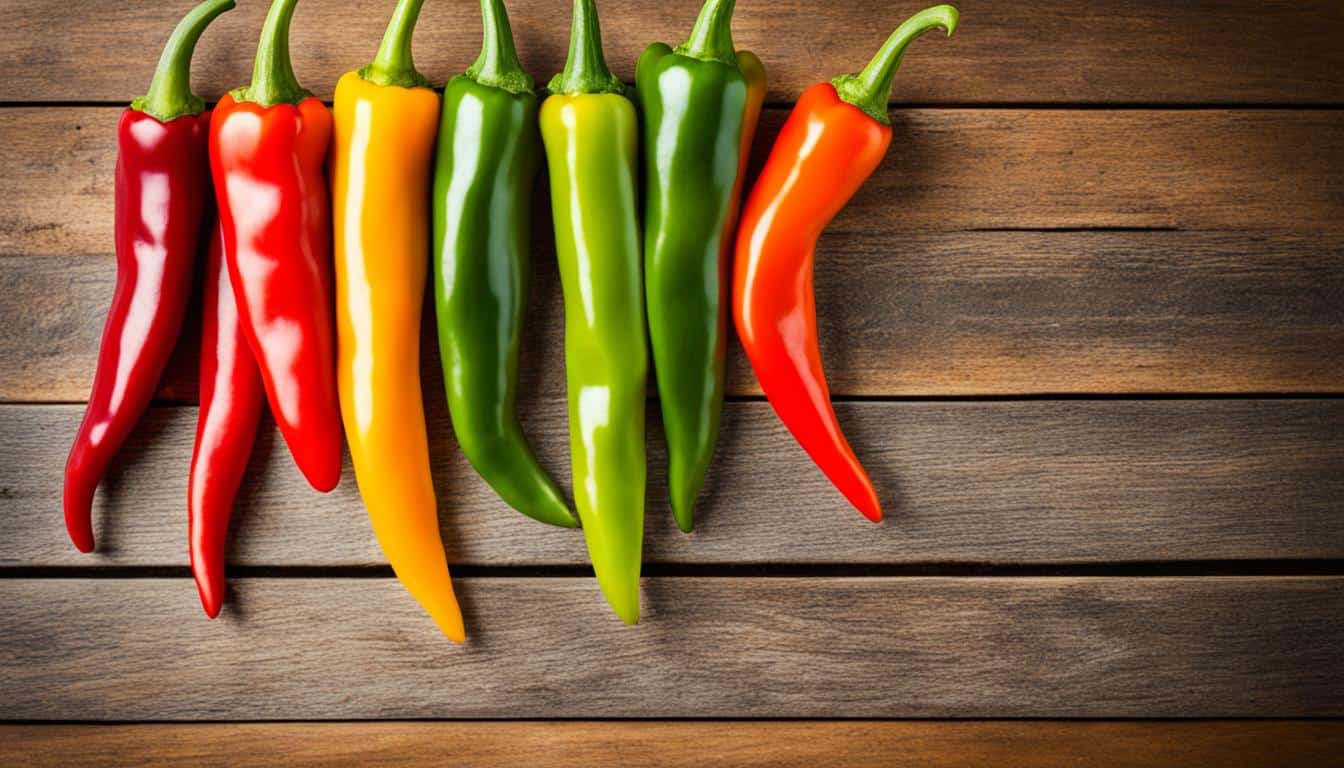
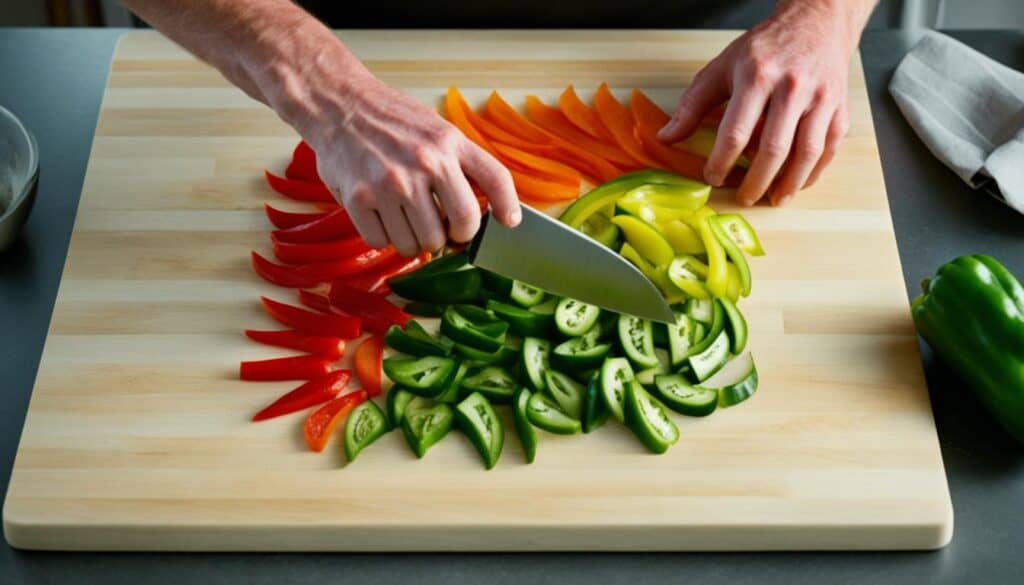
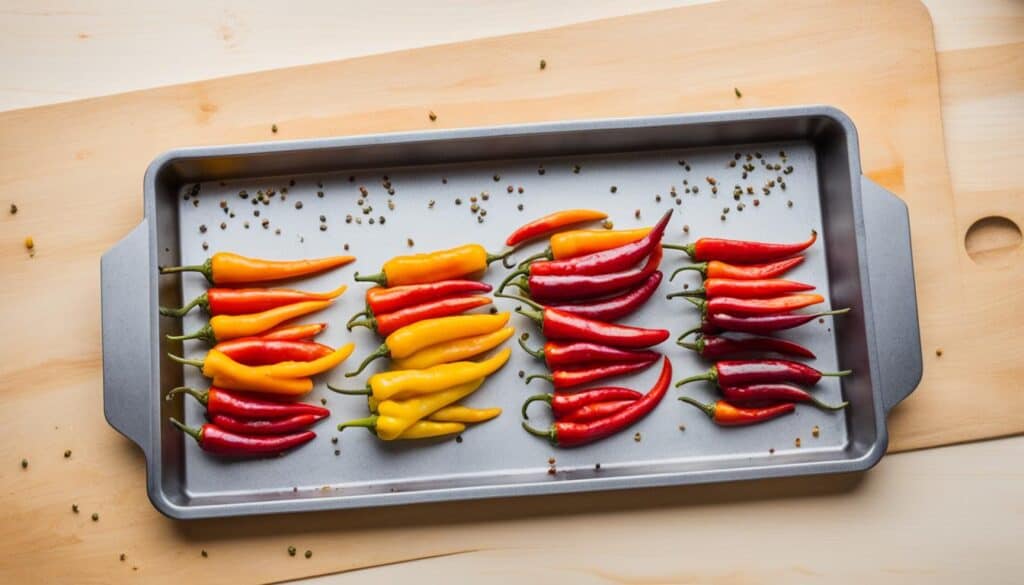
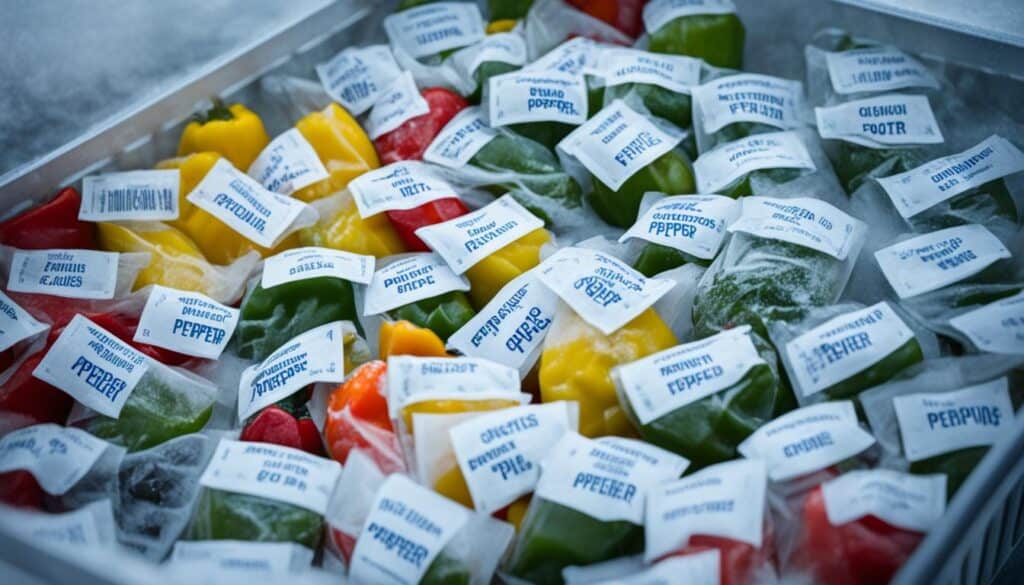
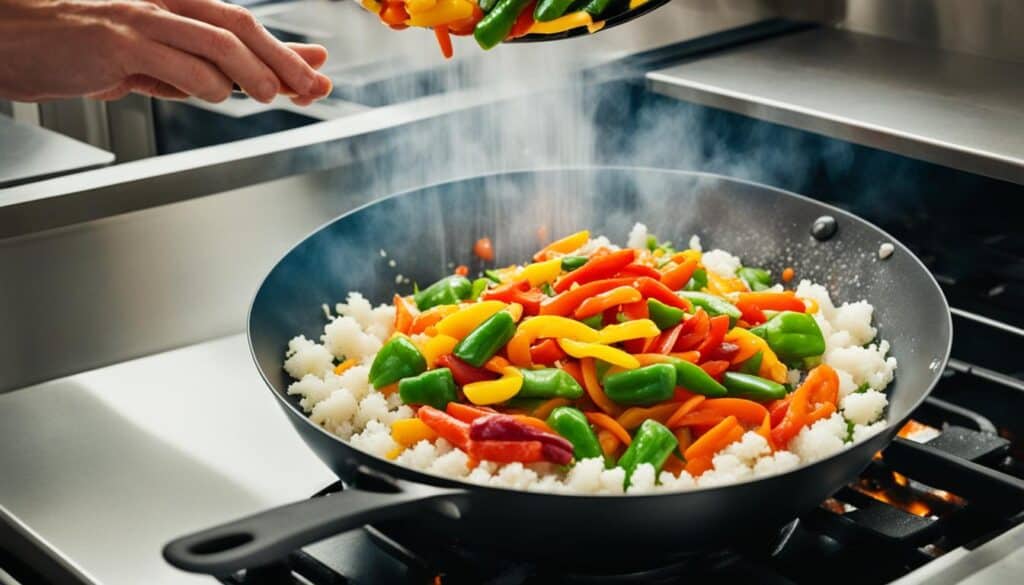
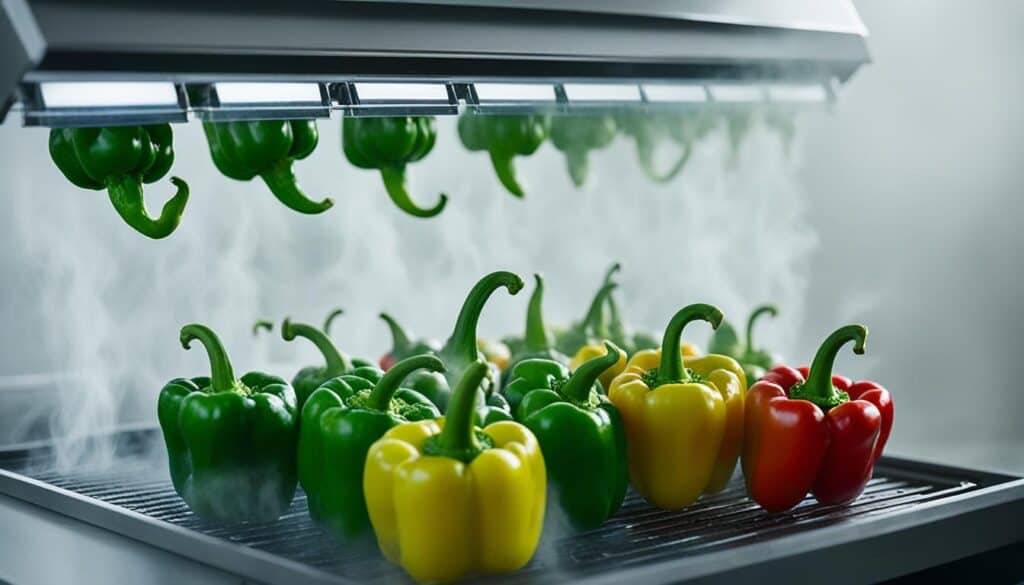

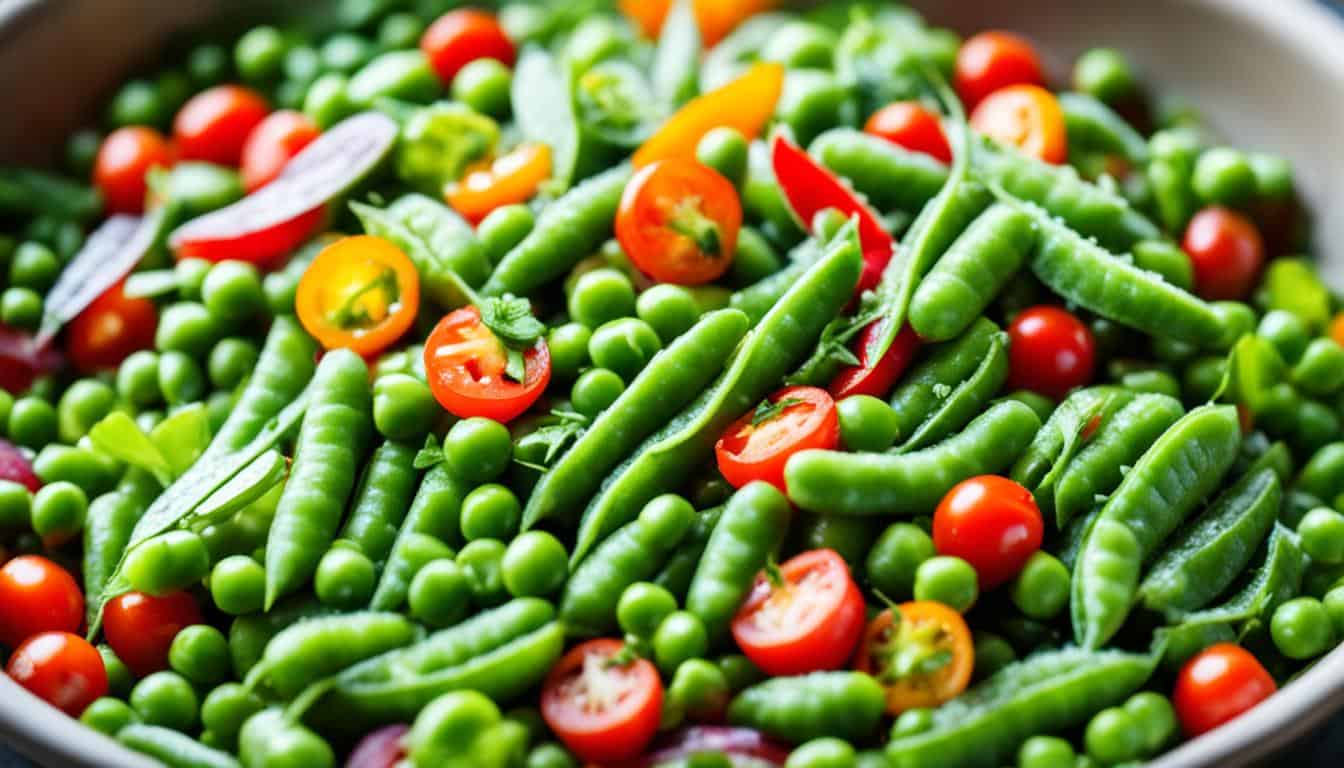
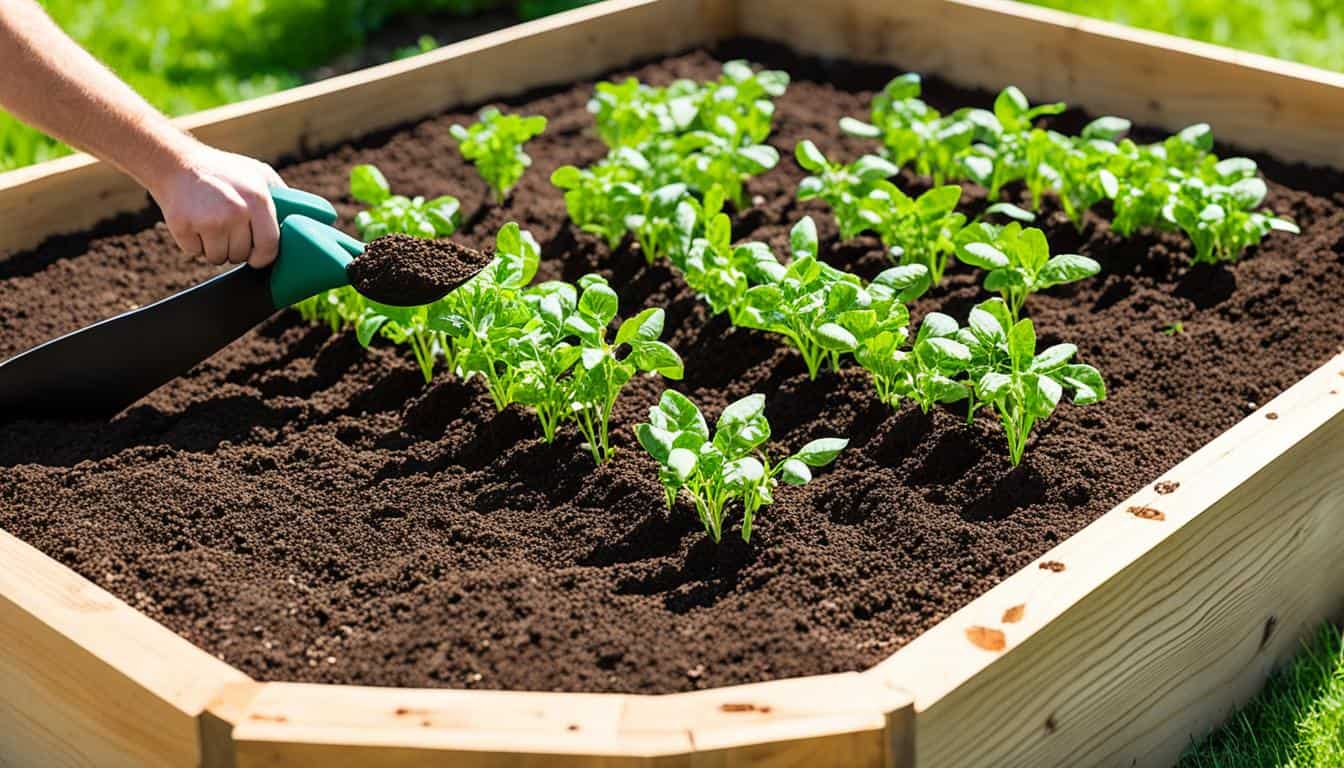
Leave a Reply